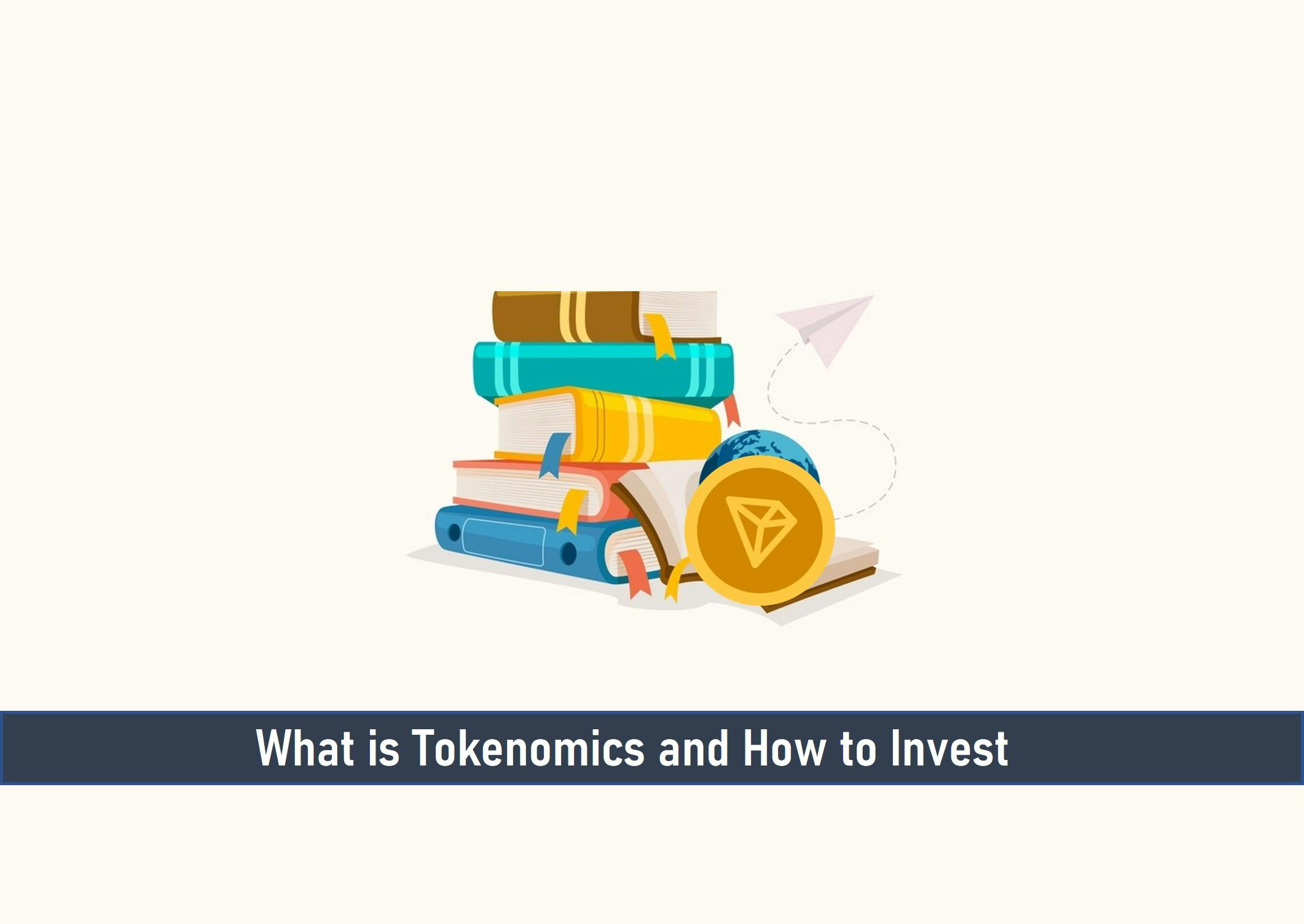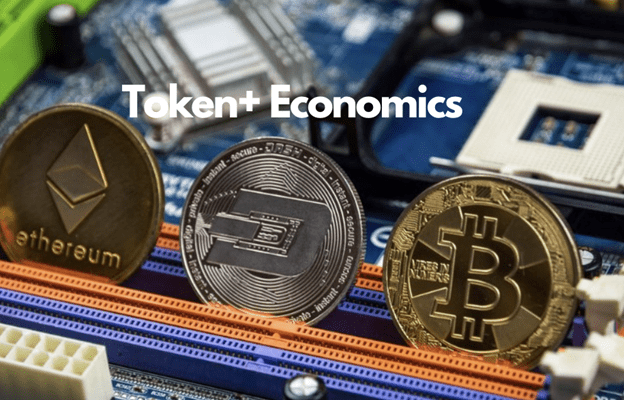
Tokenomics is simply a portmanteau of two words, token and economics. So the term “tokenomics” essentially refers to the economics of a crypto token; tokenomics refers to all of the characteristics of a crypto token that make it desirable to investors.
Tokenomics of a cryptocurrency, on the other hand, can offer you answers to these and a very clear indication of whether you should consider investing in a token or not.
If you’re not sure what tokenomics is, this post will provide you with some insight into a certain cryptocurrency’s tokenomics and what characteristics you should look for when analyzing the tokenomics of a crypto token.

Key Takeaways
• Pre-mining is the process of generating and distributing a large number of crypto tokens to a select group of addresses (often project developers, other team members, and early investors) before going public.
• When it comes to cryptocurrency, there are three sorts of supply to look for. They are: circulating supply, total supply, and maximum supply.
What is Tokenomics?
A crypto token is essentially a cryptocurrency based on a blockchain platform that can be swapped with another blockchain and that gives several incentives to token holders.
The tokenomics for a certain crypto token are generally clearly detailed in its project whitepaper, and it should help you understand the crypto token’s functioning, aim, allocation strategy, and more.
SEE ALSO: Best 10 ERC20 Tokens On the Market
Key Points to be Considered in Crypto Tokenomics
Simply said, while examining tokenomics, every factor that has even the slightest bearing on the value of a crypto token should be considered.
We’ve compiled a list of some of the essential criteria to look for when determining the valuation of a crypto asset.
Notably, most of the components that comprise a cryptocurrency’s tokenomics can be discovered on websites like CoinMarketCap and CoinGecko, but they should be double-checked with the project whitepaper to ensure accuracy.
1. Token Allocation and Distribution
Check to ensure you understand how the token will be allocated. Most crypto tokens are created in two ways, which are: they are mined beforehand, or they can be distributed through a fair launch.
When a cryptocurrency is earned, owned, regulated, and undergoes the mining process by the whole community, such crypto is said to have been launched fairly.
Pre-mining, on the other hand, is the process of generating and distributing a large number of crypto tokens to a select group of addresses (often project developers, other team members, and early investors) before going public.
Pre-mined tokens have now become inclusive in most crypto projects, hence having doubts about the legitimacy of a crypto project should not arise just because some tokens were mined before it was made official online.
However, keep an eye out for any wallet that maintains storing a considerable part of the circulating token supply, since this indicates a high danger of the whale dumping their holding and causing the token’s price to plummet in an instant.
On the other hand, if the project is issuing tokens to as many people as possible, you may conclude it is credible and interested in ongoing development.
2. Token Supply
When it comes to cryptocurrency, there are three sorts of supply to look for. They are: circulating supply, total supply, and maximum supply.
A token’s circulating supply is the total of all tokens that are available officially online for transactions.
The entire token supply is the total number of tokens in circulation or existence, not taking into account those tokens that may have undergone burning. There is no set maximum supply for certain tokens.
If you see that the circulating quantity of a certain token has been consistently raised by the project developers throughout time, you may expect that the token’s value will rise in the future.
On the other hand, if too many tokens are distributed at once or too often, the token’s value may fall.
SEE ALSO: All You Need to Know About ETHPad Tokens
3. Market Capitalization
The market capitalization of a coin is the total amount of money invested in the crypto project thus far.
Along with market value, you can also check a project’s completely diluted market cap, which is the potential market cap if the token’s maximum supply was already in circulation. This will give you a decent notion of how much a token should be worth.
The greater a token’s market capitalization and the lower its circulating quantity, the more valuable it may become in the future.
4. The Token Model
The token model is determined by knowing the difference if it is inflated or deflated.
Tokens that have no maximum limit of supply are generally considered to be inflationary, whereas tokens that are limited in supply, such as bitcoin, for instance, are said to be deflationary.
However, inflationary tokens tend to use proof of stake in their bid to compensate network validators and delegators.
It’s worth noting that certain cryptocurrencies (such as MakerDAO’s MKR and DAI) employ a dual token paradigm, where one token is used for funding inside the ecosystem and the other is a utility token.
Tokenomics is an extremely crucial subject to grasp when deciding which cryptocurrency to invest in because the aspects mentioned will undoubtedly affect your investment.
However, keep in mind that while attempting to value a cryptocurrency, you should also seek answers to certain other questions.
For example, check for information about the project’s team and team members’ histories (look them up on social media), the token’s previous performance, use cases, and, if feasible, statistics derived from the technical study.
Frequently Asked Questions (FAQS)
What exactly is a crypto token?
A crypto token is a virtual currency token or a cryptocurrency denomination. It is a tradable asset or utility that exists on its blockchain and lets the holder utilize it for investment or economic objectives.
What’s the difference between a coin and a token?
Coins are just a way of payment, but tokens may represent a company’s share, provide access to a product or service, and serve a variety of other activities.
Coins are forms of currency that may be used to buy and sell goods. A token may be purchased with a coin, but not the other way around.
SEE ALSO: Is Dogecoin An ERC20 Token? – All You Need To Know
Final Thoughts
Tokenomics are very essential when determining the value of a cryptocurrency, factoring in the demand and supply. This article delves further into an understanding of what it is about and how it functions.
Read More




